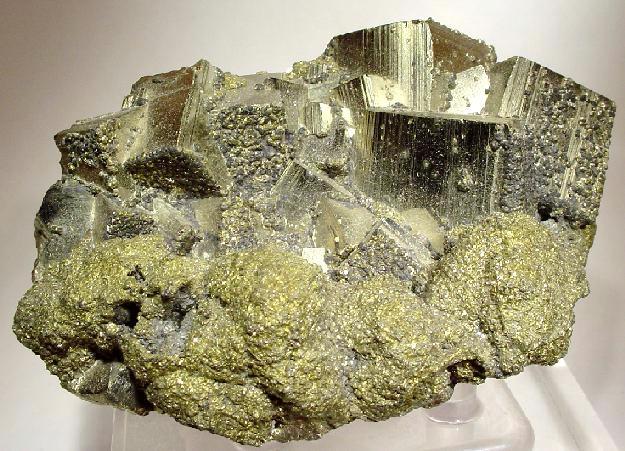Identifying metallic minerals is a crucial skill for geologists, mining professionals, and enthusiasts alike. The ability to distinguish between different types of metallic minerals is essential for exploration, extraction, and understanding the geological history of an area. In this comprehensive guide, we will delve into the various methods and techniques used to identify metallic minerals accurately. From physical properties to advanced analytical techniques, we will explore the multi-faceted world of metallic mineral identification.
- Understanding Metallic Minerals:
Before diving into the identification process, it is essential to grasp the concept of metallic minerals. Metallic minerals are naturally occurring compounds that contain high concentrations of metallic elements. These minerals exhibit unique physical and chemical properties, making them valuable for industrial purposes, including construction, electronics, and manufacturing. - Physical Properties:
The first step in identifying metallic minerals involves examining their physical properties. These properties include color, luster, streak, hardness, cleavage, and specific gravity. By carefully observing these characteristics, geologists can narrow down the possibilities and differentiate between various metallic minerals. - Magnetism and Conductivity:
Magnetism and conductivity are two additional properties that can aid in identifying metallic minerals. Some metallic minerals, such as magnetite, exhibit strong magnetic properties, while others, like copper, possess excellent electrical conductivity. Utilizing magnets and conductivity testers can provide valuable insights into the mineral's composition. - Spectroscopy and X-ray Diffraction:
To delve deeper into metallic mineral identification, advanced analytical techniques such as spectroscopy and X-ray diffraction (XRD) come into play. Spectroscopy involves analyzing the interaction between minerals and electromagnetic radiation, providing information about their chemical composition. XRD, on the other hand, determines the crystal structure of minerals, aiding in accurate identification. - Chemical Tests:
Chemical tests play a vital role in identifying metallic minerals. Acid tests, for instance, involve applying specific acids to the mineral and observing the reaction. For example, the effervescence observed when hydrochloric acid is applied to calcite helps differentiate it from other metallic minerals. Additionally, flame tests can identify certain metallic minerals based on the color emitted when heated. - Optical Microscopy:
Optical microscopy is a powerful tool for identifying metallic minerals. By examining thin sections of minerals under a polarizing microscope, geologists can observe unique optical properties such as birefringence, pleochroism, and extinction angles. These properties aid in distinguishing between similar-looking metallic minerals.
Conclusion:
Accurately identifying metallic minerals requires a combination of observation, analysis, and specialized techniques. By understanding the physical properties, conducting chemical tests, utilizing advanced analytical tools, and employing optical microscopy, geologists can confidently identify metallic minerals. This knowledge is invaluable for mineral exploration, mining operations, and scientific research. Stay curious, keep exploring, and unlock the hidden treasures of the Earth's metallic minerals.


